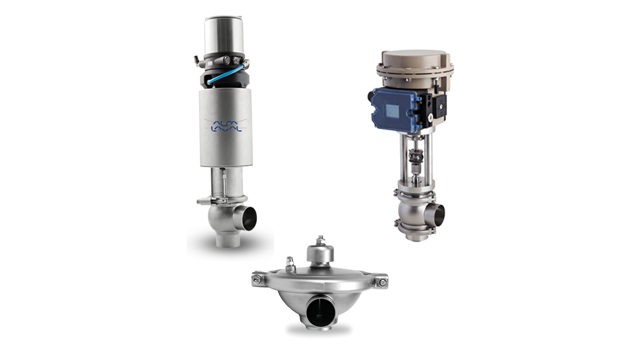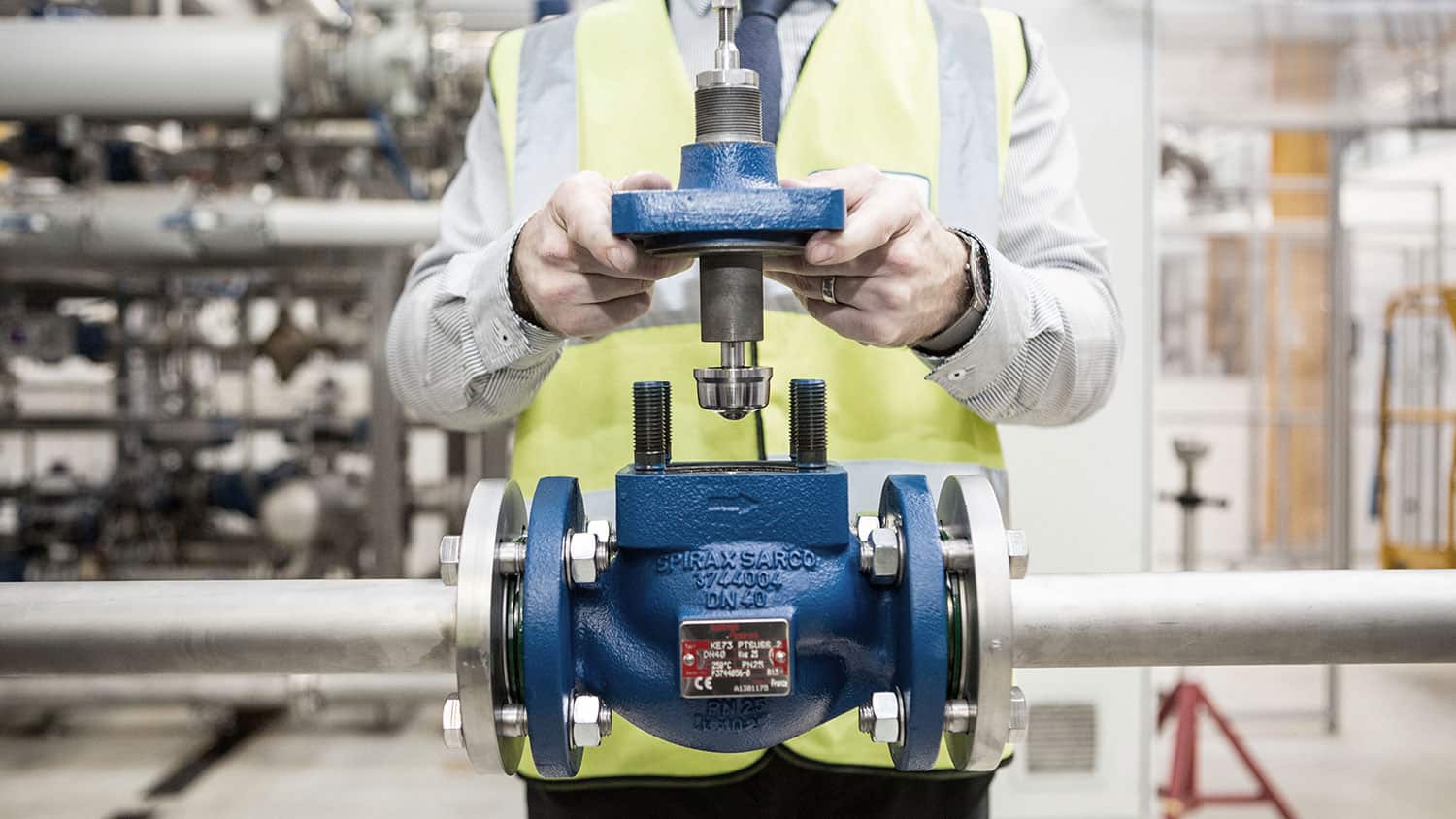Reliable Control Valves: Secret Elements for Reliable System Management
Reliable Control Valves: Secret Elements for Reliable System Management
Blog Article

Maximize Power Cost Savings and Convenience With Advanced Structure Automation Controls
In the realm of contemporary architecture and facility monitoring, the integration of innovative building automation regulates stands as a critical advancement. By taking advantage of the power of automation, buildings can adjust, respond, and advance in methods that were as soon as unbelievable.
Energy Performance Advantages
Power efficiency advantages can significantly minimize power consumption and operational prices in buildings. By carrying out energy-efficient techniques and technologies, building owners and drivers can attain substantial cost savings while additionally adding to ecological sustainability. One of the main benefits of improving energy performance in buildings is the reduction of utility costs. Energy-efficient systems, such as advanced structure automation controls, can maximize using resources like heating, cooling, and lighting, leading to reduced energy costs with time.
Additionally, improved energy effectiveness can prolong the lifespan of structure equipment and systems. By operating more efficiently, heating and cooling systems, lighting fixtures, and other building parts experience much less wear and tear, resulting in reduced maintenance and substitute costs. In addition, energy-efficient buildings frequently regulate higher home worths and rental rates, offering long-term economic benefits to proprietors.
Additionally, energy efficiency can boost resident convenience and productivity. Effectively controlled indoor settings with optimum illumination and thermal conditions develop a more conducive and pleasant work space, causing boosted worker satisfaction and efficiency. Generally, the power effectiveness advantages related to sophisticated building automation controls are complex, encompassing expense financial savings, environmental stewardship, and occupant health.
Enhanced Comfort Control
Enhancing convenience control in structure environments requires an innovative combination of advanced automation systems for optimum occupant wellness. By making use of innovative building automation controls, facilities can customize the indoor atmosphere to fulfill the specific needs and choices of residents. These systems allow specific regulation of temperature, illumination, and ventilation, creating a effective and comfy ambience. Occupant fulfillment and efficiency are closely linked to thermal comfort, making it important to have systems in area that can adjust to transforming conditions in real-time.
Improved convenience control exceeds standard temperature level modifications. It includes functions such as personalized setups, occupancy sensors, and natural light application to create a responsive and vibrant setting. By incorporating these innovative controls, structures can not only improve comfort yet additionally improve power performance by maximizing system operations based on real occupancy and usage patterns. Ultimately, focusing on resident convenience through innovative automation systems leads to an extra pleasurable and much healthier indoor setting.
Functional Effectiveness Improvements

Furthermore, the implementation of real-time tracking and analytics devices allows building drivers to identify power inefficiencies and functional abnormalities without delay. By constantly keeping track of power use patterns and system performance metrics, changes can be made in real-time to maximize power usage and ensure peak operational effectiveness. control valves. Additionally, integrating need response methods right into building automation controls can better enhance operational performance by dynamically readjusting energy usage based on grid conditions and prices signals
Indoor Environment Optimization
Efficient indoor environment optimization is a fundamental element of structure automation controls, making certain occupants' comfort and health while maximizing energy savings. By using sophisticated sensing units and controls, constructing automation systems can continuously keep an eye on and readjust temperature level, humidity levels, air high quality, and ventilation to produce an ideal interior setting. Preserving comfy and constant conditions not only enhances occupant fulfillment however likewise improves efficiency and general well-being.
Indoor environment optimization likewise plays a read this post here critical duty in power effectiveness. By fine-tuning home heating, ventilation, and cooling systems based on real-time information and occupancy patterns, developing automation controls can substantially lower power consumption - control valves. As an example, applying approaches such as demand-controlled air flow and thermal zoning can aid lessen energy waste while guaranteeing that each area of the structure gets the needed conditioning.

Lasting Setting Production
Building automation manages not just maximize interior environment conditions for power performance and owner comfort but additionally lay the foundation for creating a lasting setting via strategic monitoring of systems and sources. By integrating sophisticated structure automation modern technologies, such as sensing units, actuators, and intelligent software application, facilities can monitor and change power use in real-time to reduce waste and reduce their carbon footprint. These systems enable anticipating upkeep, identifying potential concerns before they intensify and enhancing equipment efficiency to improve longevity and performance.
In addition, lasting atmosphere creation expands past energy management to encompass water preservation, waste reduction, and interior air high quality renovation. Structure automation controls can regulate water use, identify leakages, and guarantee correct waste disposal practices, adding to general sustainability initiatives. Furthermore, by regulating and keeping an eye on ventilation and purification systems, these innovations boost resident wellness and efficiency while decreasing power over here consumption related to HVAC operations.
Conclusion
In conclusion, progressed structure automation controls offer substantial advantages in terms of energy financial savings, comfort control, operational performance, indoor environment optimization, and creating a lasting environment. By applying these controls, buildings can accomplish optimum performance while minimizing power intake and improving owner comfort. It is noticeable that using sophisticated automation modern technology is important in boosting building navigate to this site performance and producing an extra lasting future.
Power efficiency benefits can dramatically reduce energy consumption and operational expenses in buildings. Generally, the energy efficiency benefits associated with advanced building automation controls are multifaceted, including expense savings, environmental stewardship, and passenger health.
Furthermore, integrating demand reaction techniques right into building automation controls can better boost functional efficiency by dynamically adjusting power use based on grid conditions and prices signals.
Building automation regulates not just enhance indoor environment problems for energy efficiency and occupant convenience however likewise lay the foundation for creating a lasting atmosphere through strategic monitoring of systems and sources.In final thought, advanced structure automation manages offer substantial advantages in terms of energy savings, comfort control, functional performance, indoor environment optimization, and producing a sustainable setting.
Report this page